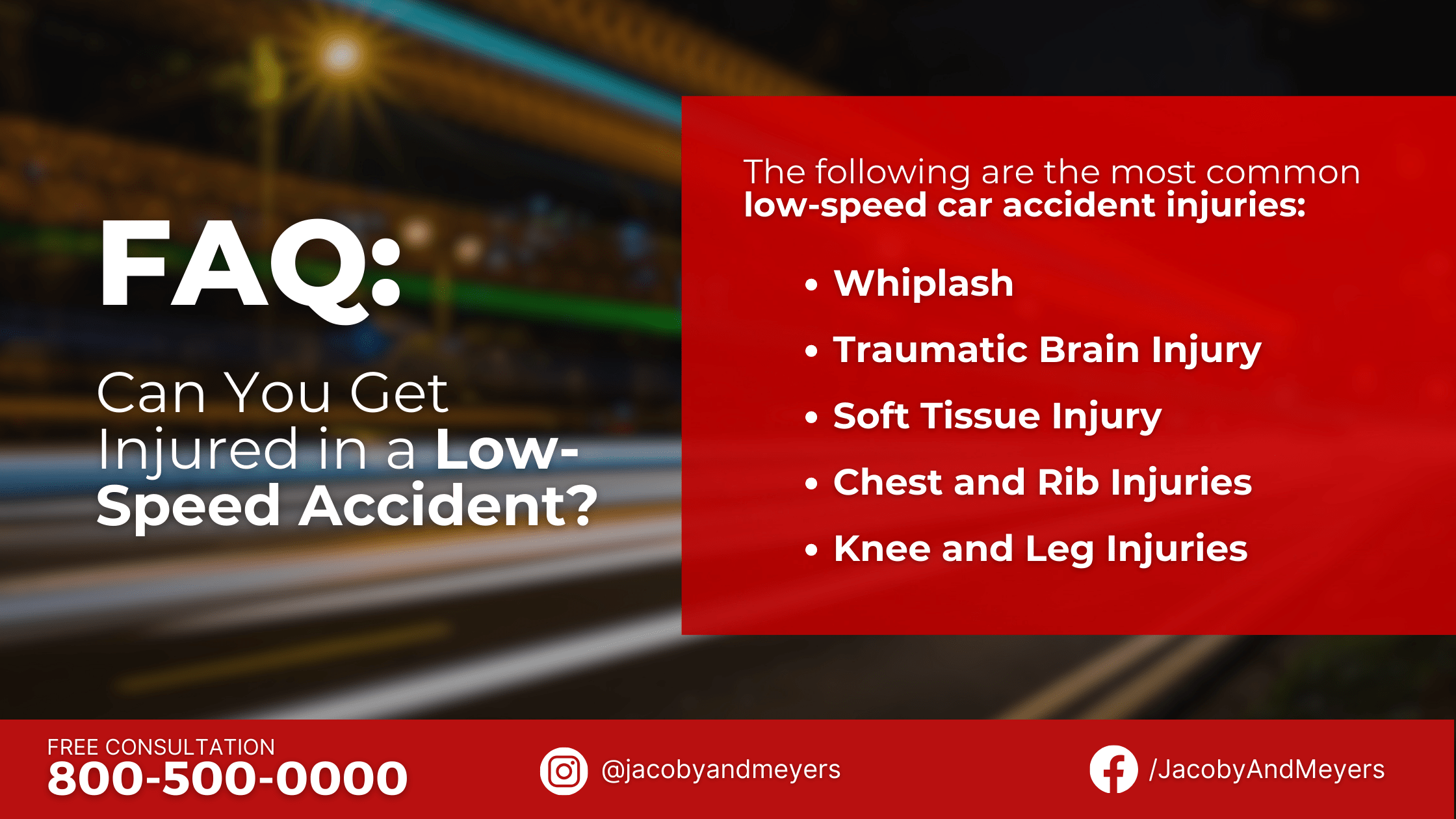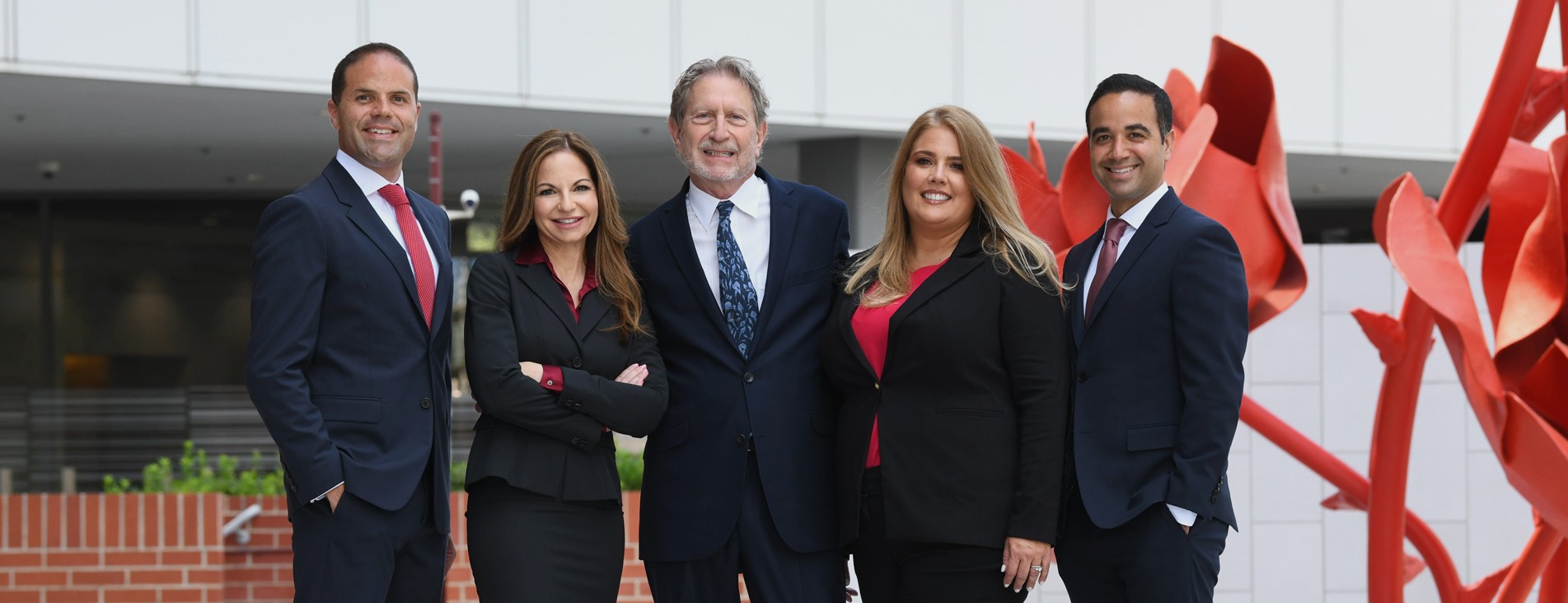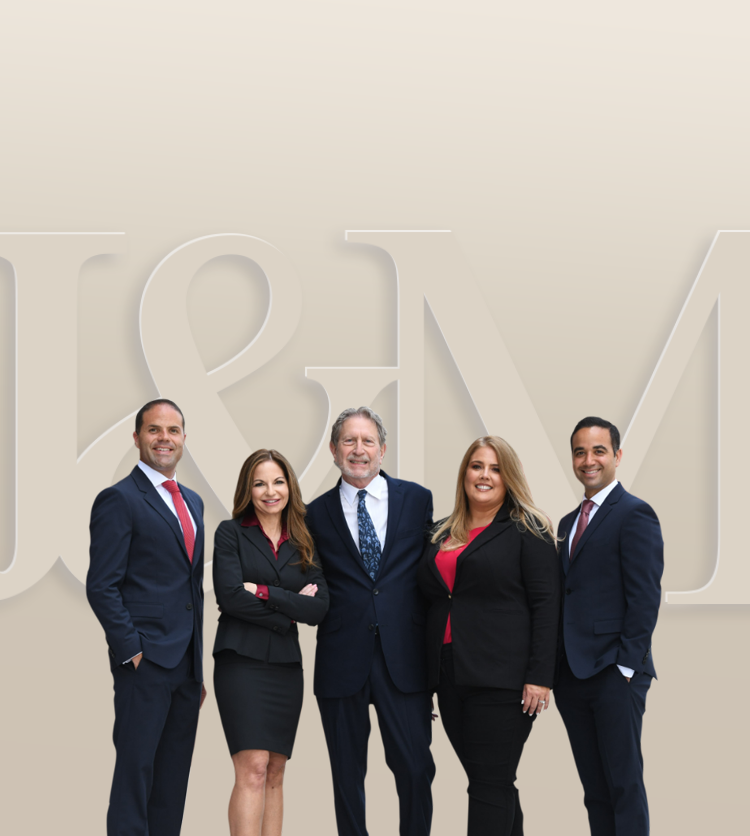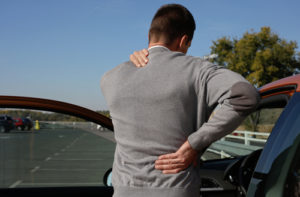Did you know there were 2,985 speed-related car accidents in San Diego in 2020? If you are involved in a low-speed car accident in San Diego that results in injuries, you may file a claim against the at-fault driver. However, you must prove that their speed directly caused your crash.
This article will help you understand low-speed car accidents and how to file a claim if you are involved in one.
Does Driving Slower Prevent Accidents?
Most auto drivers think that driving slower will help them avoid traffic crashes. While this is true in most cases, such as when traveling in poor weather conditions, there are instances where a driver who travels at a slower speed is more likely to be involved in a car accident than one who operates at a relatively faster speed.
Abrupt Hitting of Brakes
When driving on roads and highways with a high-speed limit, you must follow it, no matter how slow or fast. If other road users are going fast, expecting you to do the same, they will likely have a reduced reaction time if they need to hit their brakes when encountering a vehicle at a slower speed. In such circumstances, car accidents will likely occur.
Confusion and Unpredictability
Drivers anticipate that other vehicles will behave consistently on the road to some extent. Other drivers may become confused and find it challenging to predict a vehicle’s motions when it moves exceptionally slowly. Accidents can result from this lack of predictability, particularly when drivers are forced to make split-second decisions.
Aggressive Driving
Moving significantly slower than traffic flow on highways, where vehicles are expected to maintain a set pace, might break the natural rhythm. This can result in tailgating, abrupt lane changes, and frustrated drivers seeking to pass, all of which increase the likelihood of an accident.
Is it Illegal to Go Under the Speed Limit in California?
Yes, it may be illegal in California to travel much slower than the posted speed limit in some instances.
While there is no particular law stating that you cannot drive slower than the speed limit, California Vehicle Code 22400 VC prohibits drivers from traveling at a slow speed in such a way that it will impede or block the normal and reasonable flow of traffic, except if it is necessary for safe operation in compliance with the law.
Moreover, California Vehicle Code 22350, also known as the Basic Speed Law, states that no one is allowed to operate a vehicle on a highway at a speed that is higher than is reasonable or prudent, considering the conditions, visibility, traffic, surface, and width of the road, and in no case at a pace that compromises the security of people or property.
Remembering that the precise meaning of “reasonable and prudent” varies depending on the circumstances is crucial. For example, driving slower in adverse weather or locations with high pedestrian activity may be regarded as appropriate. On the other hand, driving substantially below the speed limit on a wide, open road for no apparent reason may result in a citation for obstructing traffic.
If you need to drive slower than the speed limit for a legitimate reason, such as a mechanical problem with your vehicle, use hazard lights, pull over when safe, and try to remedy the problem as soon as feasible.
It is best to be attentive to the flow of traffic and the environment you are driving in when deciding your speed, especially if there is no indicated speed limit within the area.
What are Low-Speed Accidents?
Low-speed car accidents refer to auto collisions that occur at low speeds. Vehicles traveling at slower speeds are more likely to be involved in these accidents, which frequently occur in parking lots, residential neighborhoods, or urban streets. While “low-speed” might vary based on context, it generally refers to speeds lower than those of a motorway or freeway.
These collisions can cause car damage, injuries to people, and property damage. Regardless of the lower speeds involved, low-speed collisions can result in various injuries and repercussions.

Can You Get Injured in a Low-Speed Accident?
You can be injured in a low-speed collision. While low-speed crashes may not involve as much force as high-speed collisions, they can nevertheless result in various injuries, particularly to the occupants of the cars involved.
Sometimes, it can also result in severe injuries, especially if the other vehicle involved moves at a greater speed, causing a more significant impact on the slower car when both collide.
The following are the most common low-speed car accident injuries:
Whiplash
Even at moderate speeds, whiplash is a common injury in rear-end incidents. The rapid jolt of impact can cause the head and neck to spring forward and snap back, resulting in neck and upper back strains and sprains.
Traumatic Brain Injury
A traumatic brain injury (TBI) is a threatening medical disorder caused by a quick collision or force to the head, causing brain damage. TBIs can range from moderate to severe, with various physical, cognitive, and emotional consequences.
Soft Tissue Injury
Soft tissue injuries refer to damage or trauma to the body’s soft tissues, which include muscles, tendons, ligaments, and other connective tissues. These injuries can occur due to sudden trauma, overuse, or strain.
Low-speed accidents can still result in soft tissue injuries, including bruises, contusions, and muscle strains.
Chest and Rib Injuries
The impact from a low-speed collision can cause the chest to hit the steering wheel or seatbelt, potentially resulting in chest contusions or rib fractures. Chest and rib injuries involve damage to the bones, muscles, cartilage, or organs in the chest area.
Knee and Leg Injuries
The lower extremities can also be injured in a low-speed accident, especially if they hit the dashboard or other parts of the vehicle upon impact.
These injuries range from minor strains to more severe fractures and ligament tears. The knees and legs play a crucial role in mobility and daily activities, so any damage to these areas should be evaluated and treated appropriately.
Can I File a Claim for My Injuries from a Low-Speed Car Accident in San Diego?
If you suffered low-speed car accident injuries from a crash, you may file a claim against the at-fault driver. However, the critical point to remember when pursuing a case is that the collision should directly result from the low-speed driving for the driver to be held responsible.
Essentially, negligence can be demonstrated through the following:
- Duty of care: The driver was responsible for ensuring that everyone on the road was safe.
- Breach of duty: The driver failed to fulfill the duty of care.
- Causation: The accident resulted from the breach.
- Damage: The collision caused injuries and other damage.
So, in the case of a low-speed car accident in San Diego, you must establish that the driver’s action caused the crash, resulting in your injuries. For instance, the low-speed driver was traveling on a highway that required at least 65 mph.
As you reached the other driver, you noticed they were driving slowly. You wanted to avoid the collision. However, there were other cars in front of you. So, you decided to abruptly hit your brake, yet ended up striking the driver from behind.
In such an instance, you may argue that the slow driver’s actions impeded traffic flow and heavily affected your decision-making, resulting in a car accident in San Diego.
Unfortunately, some insurance companies may try to blame you, saying that you were distracted while driving and failed to act accordingly. When this happens, there is a chance that you will lose your case.
A San Diego car accident attorney can help you assess the facts of your case and determine who is liable for the crash.
Lawyer’s Tip: You may file a personal injury claim for an injury and other damages you incurred from a crash. Both injury and property damage claims can be handled by a car accident lawyer.
What Happens If I Only Sustained Property Damage from the Low-Speed Crash?
Some victims of low-speed accidents resulting in property damage tend to avoid going to great lengths and filing a case for compensation, thinking the damage costs can be covered by their insurance policy.
While this can be true in some cases, there are instances where a victim suffers late-appearing injuries. Since their injuries were not considered while claiming their payout, they will likely receive a reduced settlement that hardly compensates for the medical costs.
Remember that accidents can also result in internal injuries. It is best to seek immediate medical care after a car accident in San Diego and determine the extent of your injuries before accepting a settlement offer.
A San Diego car accident lawyer from our firm can assist in ensuring you receive the appropriate medical treatments you need to recover and build your case while you focus on your recovery.
How Can I Prove A Low-Speed Car Accident?
Speeding impacts road users in a given area because it prevents drivers from reacting in risky situations when they must stop at a specific time and distance. The following pieces of evidence can help you prove that the driver’s speeding caused the crash if you are involved in a low-speed car accident in San Diego.
Vehicle Damage
Examining your vehicle’s damages will prove that the driver went below the safe driving speed, which caused the accident. Most low-speed crashes result in rear-end accidents, so significant injuries at the back of the slow vehicle and in front of the other car may help provide a picture of the low-speed collision.
Similarly, other drivers may try to overtake a slow-moving vehicle, resulting in a side-swipe accident.
Witness testimony
Witness testimony is critical evidence that can help prove cases at trial. This might be either oral or written testimony from eyewitnesses to a collision. When you reach out to a lawyer, they will likely ask if you were able to gather a witness’ contact information. This is because they usually collect testimonies from them.
You should obtain the witness’s contact information to confirm their statement afterward. Additionally, this will support the claim if the insurance company tries to discount the testimony.
When gathering information about the witness, make sure to note the following:
- complete name,
- both their telephone and email addresses, and
- address for a home.
Police Report
A police accident report details what happened during a car collision. Obtaining a police report regarding your car accident has various advantages for seeking reimbursement for the crash’s damages, including:
- Provides necessary information about the car accident.
- Establishes the cause of the crash.
- Acts as proof of the accident if the insurance company verifies the collision.
If you did not receive a police report following the accident, you may still report it to the police days later. In most cases, this is permitted when:
- The accident has resulted in late-appearing injuries.
- The driver collided with your parked automobile, and you didn’t immediately see the damage.
- The crash caused minor injuries, and you were unaware of the full cost of the injuries.
However, remember that you, an insurance broker, or a legal representative have only ten days after the accident to make a report. This can be accomplished by compiling and submitting the following information to the DMV office:
- The accident’s date, time, and place,
- Please provide your full name and driver’s license number.
- Your residential address.
- Your vehicle registration card, as well as
- Name and policy number of your insurance company.
When proving a low-speed car accident, it is best to seek the assistance of a San Diego car crash attorney who has the knowledge, experience, and resources to examine the facts of the collision and collect the necessary evidence to support your claim.
How Can I Maximize My Compensation from a Low-Speed Accident?
Most accident victims in low-speed crashes tend to accept monetary compensation without understanding the extent of the damages. Since most low-speed collisions result in property damage and minor injuries only, they think it will be easier to settle quickly instead of hiring a lawyer for the accident.
Unfortunately, doing this will only leave you with a lowball settlement. What happens if you accept an offer and discover that you incurred severe internal damage later? In such an instance, the other driver’s insurance provider will insist they are free of their financial responsibility since you already received a payout.
This is why it is recommended that you contact a car accident lawyer first before agreeing to a settlement offer. Your attorney will assess your incident and determine the total damage of the crash to maximize your claim.
A San Diego car accident lawyer can do the following to defend your claim:
- Examine the nature of your accident.
- Gather sufficient proof to back up your claim.
- Establish liability.
- Determine the entire settlement amount.
- Protect your rights.
- If necessary, proceed to trial.
If you are involved in a car accident in San Diego, our attorneys at Jacoby & Meyers will assist you in obtaining a maximum settlement. We will investigate your accident and present legal solutions that will ensure a favorable conclusion for you based on our knowledge, experience, and expertise! Call us immediately at 800-500-0000 for a free consultation.
Jacoby and Meyers. Because You Deserve Justice.
Hear From Our Past Clients
We hold the belief that we can provide our clients with a solid legal defense, though we understand that numerous legal firms assert comparable statements. Hence, we allow our past clients to share their accounts of positive encounters with our services.
“About a year ago, I was involved in an accident that left me in pain, my car was a mess, and I had no idea what I was going to do. Then, my brother recommended Jacoby & Meyers and I am so grateful to have found such a hard-working team of people.
They took care of absolutely everything. My Case Manager, Tania, was the best. She made sure to send me to caring, professional providers who helped me manage my pain and assisted me throughout my recovery. Her assistant, Melissa, worked diligently to collect all of my records so that Hannah and Iris could then negotiate all the remaining parts of my claim. I can not express enough how much the team has helped me once again get back on my feet.
Jacoby & Meyers are on top of their game. I have the utmost confidence that they can help you, too. Thank you to everyone at the firm.”
-Marvin
Works Cited
“.” . – YouTube, 2 October 2022, https://leginfo.legislature.ca.gov/faces/codes_displaySection.xhtml?sectionNum=22350&lawCode=VEH. Accessed 25 August 2023.
“.” . – YouTube, 2 October 2022, https://www.ots.ca.gov/media-and-research/crash-rankings-results/?wpv_view_count=1327&wpv-wpcf-year=2020&wpv-wpcf-city_county=San+Diego+County&wpv_filter_submit=Submit. Accessed 25 August 2023.
“Car Accident Injuries: How even the slowest speeds can cause significant injuries | Physicaltherapynow.com.” Physical Therapy Now, https://physicaltherapynow.com/car-accident-injuries-how-even-the-slowest-speeds-can-cause-significant-injuries/. Accessed 25 August 2023.
“Get a Police Report | Police.” City of San Diego, https://www.sandiego.gov/police/services/get-police-report. Accessed 25 August 2023.
Payrovan, Arash. “Can I really get injured in a low speed accident? | IRC Clinic.” Injury Relief Chiropractic Clinic, 4 November 2016, https://www.ircclinic.com/can-i-really-get-injured-in-a-low-speed-accident/. Accessed 25 August 2023.
“Report of Traffic Accident Occurring in California (SR-1) – California.” California DMV, https://www.dmv.ca.gov/portal/dmv-virtual-office/accident-reporting/. Accessed 25 August 2023.
“Vehicle Code 22400.” California Legislative Information, https://leginfo.legislature.ca.gov/faces/codes_displaySection.xhtml?sectionNum=22400.&lawCode=VEH. Accessed 25 August 2023.
“Vehicle Code section 16000.” California Legislative Information, https://leginfo.legislature.ca.gov/faces/codes_displaySection.xhtml?lawCode=VEH§ionNum=16000. Accessed 25 August 2023.
Call or text 888-522-6291 or complete a Free Case Evaluation form








